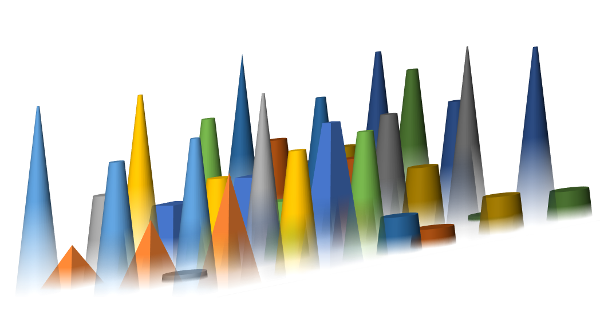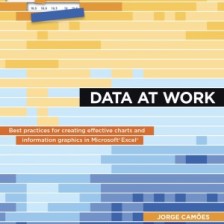
Coming up with a one-size-fits-all definition of data visualization is not an easy (or even desirable) task. A better approach is to start from a minimalist concept and then add whatever characteristics make it group-specific. The core concept should include visualization as a tool, visualization as a transcript of abstract data into visual representations, and the roles of perception and context.
This chapter discusses the relationship between data visualization and knowledge, the need to go beyond the narrow borders of the single chart and the pros and cons of using Excel as a visualization tool.
Corrections & Suggestions
- The title for Figure 5.3 is not using the standard gray.
Files
- (XLSM) Workbook for Chapter 5
Additional Resources
- New York Times: Why Is Her Paycheck Smaller?
- Stephen Few: Data Art vs. Data Visualization: Why Does a Distinction Matter?
- Segel, Edward and Jeffrey Heer. “Narrative Visualization: Telling Stories with Data.” IEEE Transactions in Visualization and Computer Graphics, Vol. 16, No. 2: 1139-1148, 2010.
- Cool Infographics: Alberto Cairo – What Makes an Infographic Cool?
- Malofiej.
- Stephen Few: Excel’s New Charting Engine: Preview of an Opportunity Missed and Excel 2010: Another Opportunity Missed.
- No Crystal Xcelsius dashboard, sorry.
- Jon Peltier’s blog.

Corrections? Suggestions? Leave a replay below.